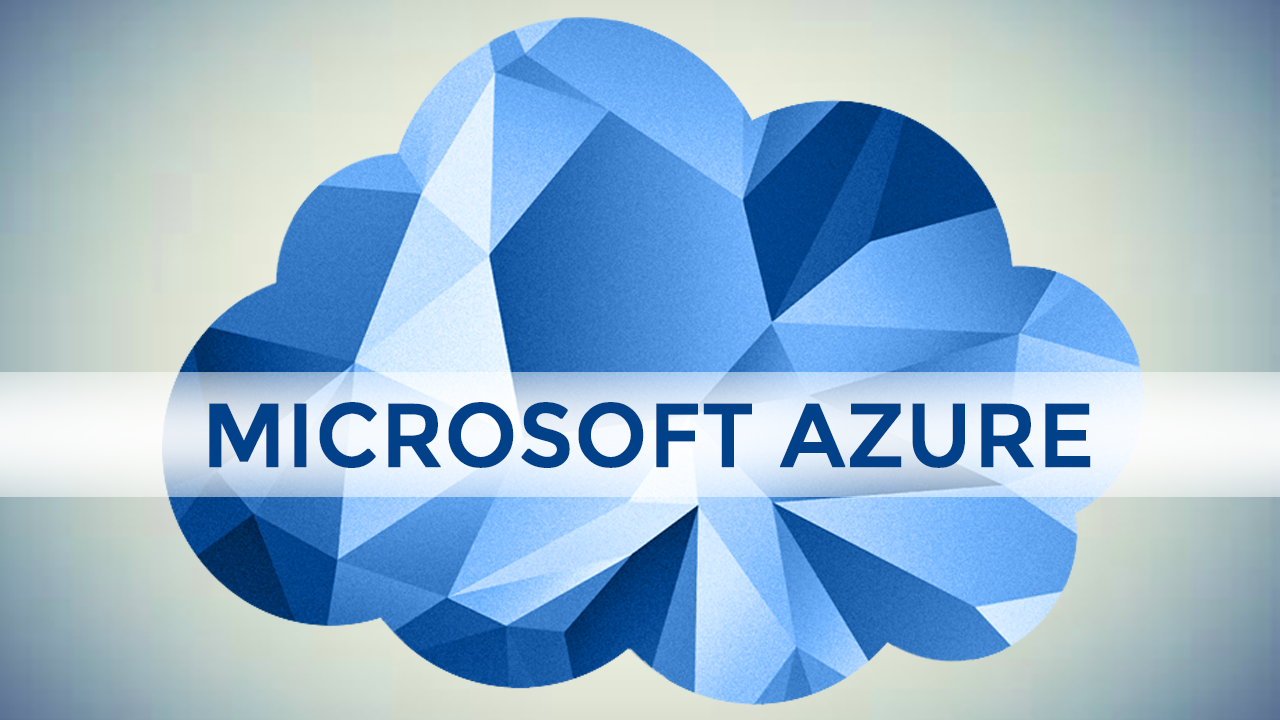Expanded Azure Virtual Machine Availability and Locations
This post will discuss the recent expansions of Azure, adding support for virtual machines to more regions, and the expansion of the number of regions internationally.
Virtual Machine Expanded Availability
Azure offers lots of different series of virtual machines. One of the things that catches people out when they are new to Azure is that the list of available regions changes from series to series. For example, machines such as the “Goliath” (big) G-Series and the N-Series (3 kinds of NVIDIA-powered workload) are only in a subset of regions.
In recent months, we have seen the following series being launched:
- B-Series
- D_v3, including the DS_v3
- E_v3, including the ES_v3
- FS_v2
The “burstable” B-, the “database” D_v3-, and “even bigger database” E_v3 series were originally launched into just a few regions. But things have started to change. The B-Series became generally available on December 5th but soon before that, Microsoft expanded availability to 19 regions.
The D_v3 and E_v3 are successors to the general computing and memory optimized sizes of the D_v2-Series, respectively. Both were launched with limited region availability but quietly Microsoft has expanded the regional availability of the Hyper-threaded v3 machines to include (as best as I could count) 32 of the Azure regions.
Note that if you’ve been using the promotional pricing of the D_v2-Series, then you should expect that to end soon. The price should go up by approximately 28 perect. You can either bite that increase to non-promotional pricing or switch to the D_v3 or E_v3 sizes with the 28 percent drop in CPU horsepower. The virtual process counts remain the same albeit thanks to Hyperthreading being enabled on the host.
The “Massive” M-Series also became generally available and Microsoft added a M128ms size with 128 virtual processors and 3,800GB RAM for a small charge of $26,215.85 per 732 hour month. I’ll take two please!
More Regions
An Azure region is a collection of several data centers. At the moment, there is a total of 42 regions connected by 33,000 miles of fiber networking (Microsoft Ignite 2017).
Those regions are a collection of publicly available, privately operated, and government-only sites. For example, there are
- Government-only sites for the US Federal government
- Privately operated regions in Germany and China to deal with local concerns about foreign ownership/operations
- The rest of Azure that anyone with an Azure subscription can access
Today, 36 of those regions are active. 6 recently announced regions are on the way:
- France Central and France South will be added to Europe. This will probably happen very soon (maybe even before this article is posted) because the two regions have appeared on private pricelists.
- South Africa West and South Africa North are being built and will be the first of the cloud scale operators to step foot in Africa.
- Australia Central 1 and Australia Central 2 are 2 additional regions for the Australian market. They are special because they are hosted in data centers that are certified for Australian government services but anyone can use them.
Within these regions, Microsoft is expanding and rebuilding. I know that in Dublin, Ireland (North Europe region), Microsoft is building its own 18 megawatts power station and has obtained planning permission to build 4 more data centers. It has signed a 15-year agreement with GE to consume 100 percent of a new 37-megawatt wind farm in Kerry (southwest Ireland).




![The 42 Azure regions {Image Credit: Microsoft]](https://petri-media.s3.amazonaws.com/2017/11/AzureRegions.png)